Thief 'dropped' 16th Century coin plundering fort
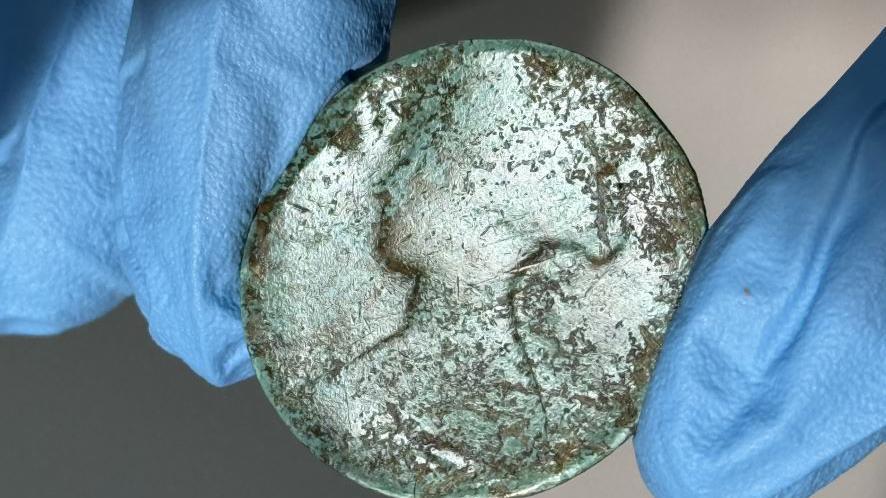
It is believed the Mary Queen of Scots coin was kept for years and accidentally dropped by a thief
- Published
A 16th Century coin dropped by a thief plundering a Roman fort is among the treasures unearthed during a six-month dig.
The brass Mary Queen of Scots coin was found by a team of volunteers at Vindolanda in Hexham, near Hadrian's Wall in Northumberland, during annual excavation work.
Other finds included 134 coins, a well-preserved copper alloy statue of the god Mars and a stone carving of a woman's head from the 3rd Century.
Dr Andrew Birley, chief executive officer at the Vindolanda Trust, said the coin was the earliest evidence of "stone robbing" at the site and was probably kept as a keepsake of the controversial queen and dropped in the 17th Century.
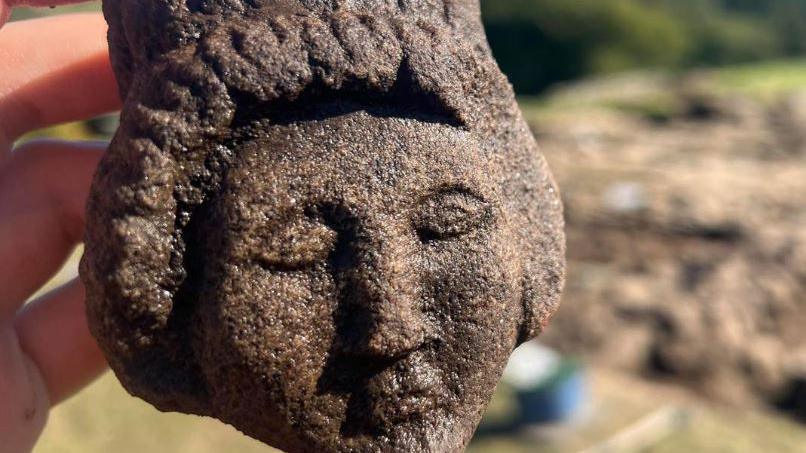
A miniature, carved stone head with an elaborate hairstyle and crown was unearthed in the last weeks of the dig
Born in 1542 and queen of Scotland until 1568, Mary was also queen of France for a year from 1559.
As a great-granddaughter of Henry VII, she had a strong claim to the crown of England, recognised in particular by Catholics.
However, a series of political miscalculations led to her fleeing Scotland and being imprisoned by her cousin Queen Elizabeth and eventually beheaded in 1587.
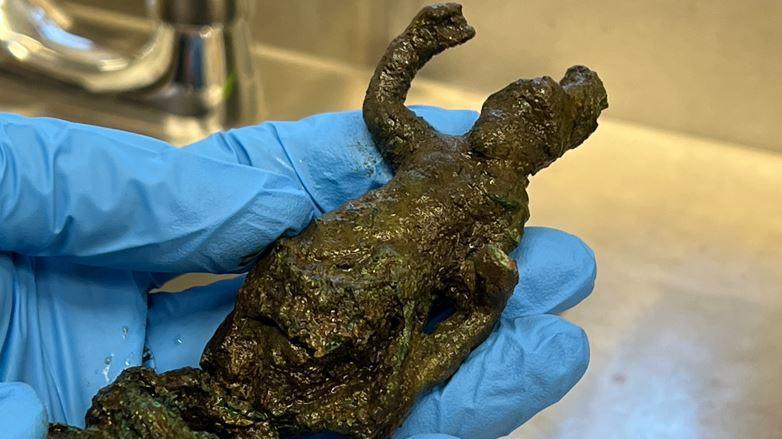
A well-preserved miniature, copper alloy statue of the God Mars was also unearthed
Dr Birley said: "The coin is so worn that it was probably kept as a keepsake for many years before being, no doubt, dropped by accident by those robbing stone from the Roman remains at Vindolanda.
"Those who were loyal supporters of Queen Mary could well have kept these as mementos of her reign, and perhaps represented their own political or patriotic views."
He believes it was lost after 1575 and probably before the middle of the 17th Century.
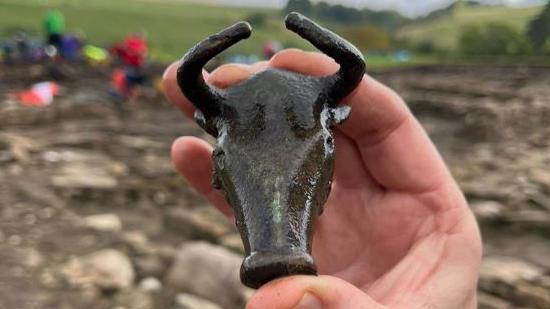
The bronze head of a bull deity was also recovered in good condition
Marta Alberti-Dunn, trust deputy director of excavations, thanked all those who took part in the digs, which concentrated on the north and south of the fort, including the cavalry and infantry barracks.
She said next year's work would involve removing 10,764 sq ft (1,000 sq metres) of turf at the northern end of the fort.
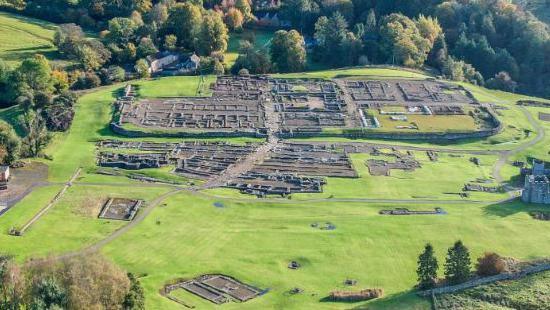
Every year a team of volunteers spend months excavating the Roman fort site
Follow BBC North East on X, external, Facebook, external, Nextdoor and Instagram, external. Send your story ideas to northeastandcumbria@bbc.co.uk.
Related topics
Related stories
- Published19 July 2023
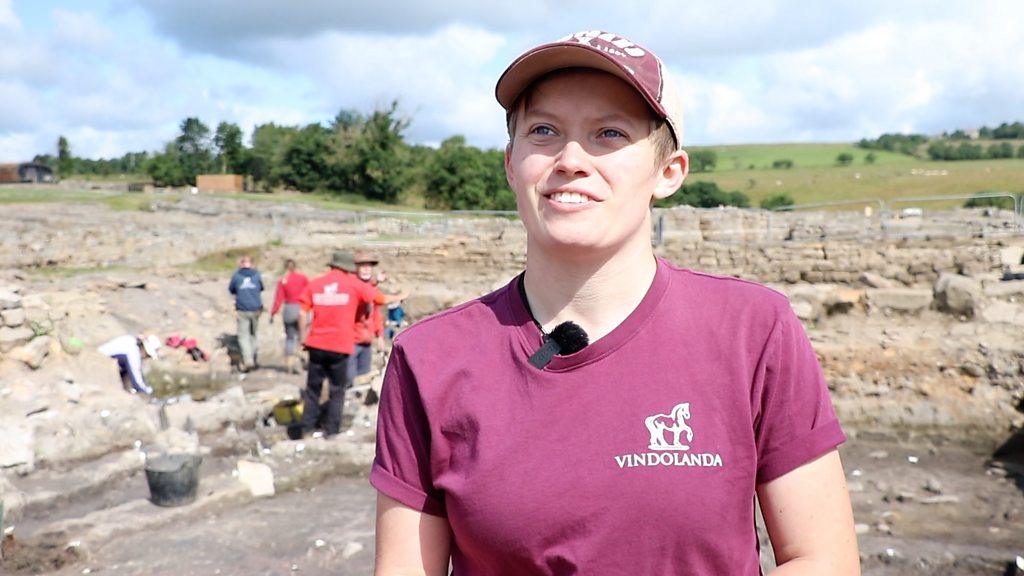
- Published28 June 2021

- Published6 June 2020
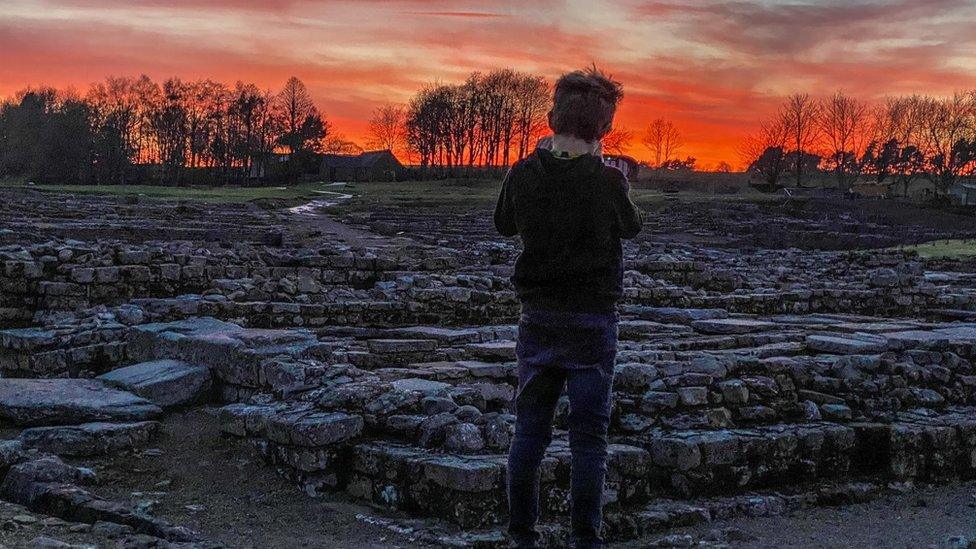
- Published29 June 2019
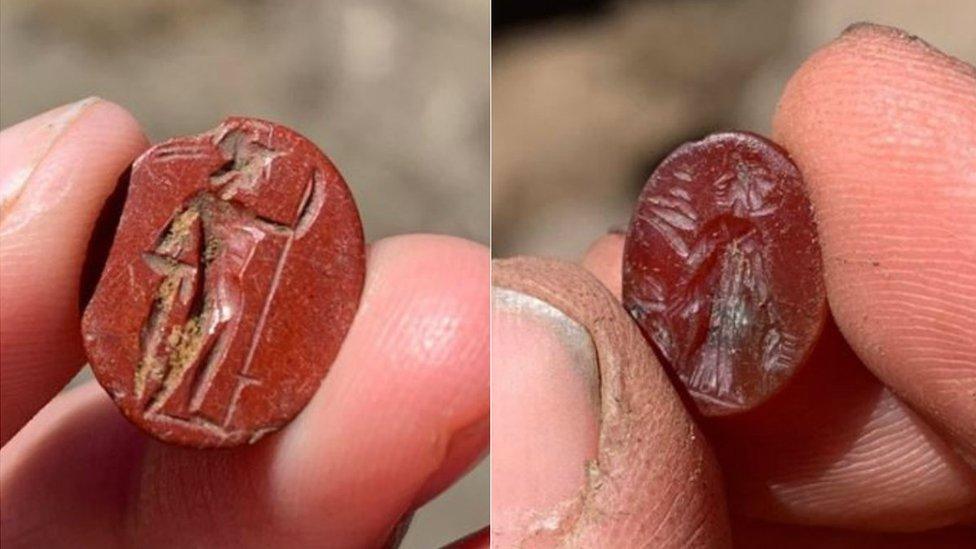
Related internet link
- Attribution